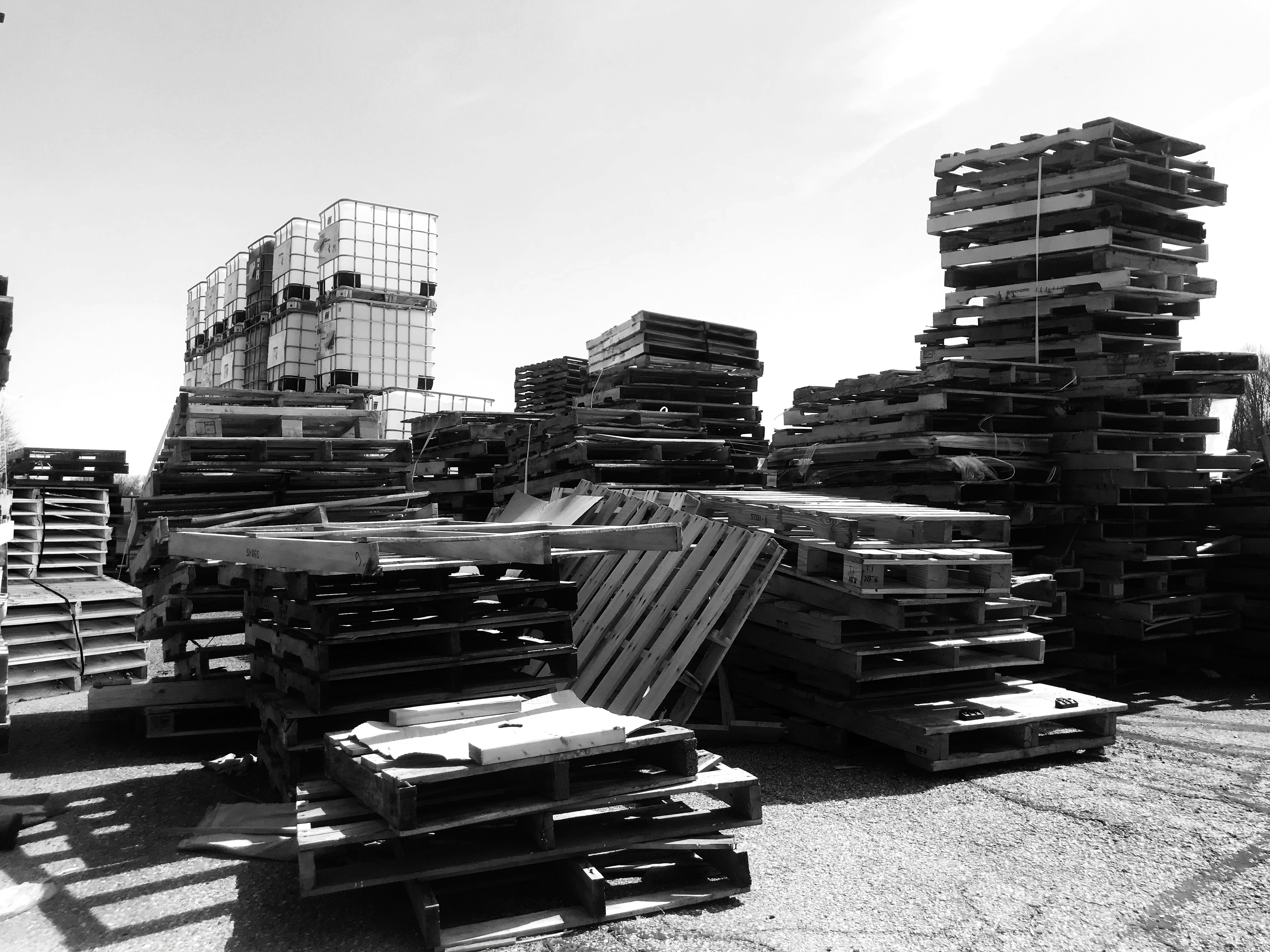The Architectural Photographic Image
Spring 2021
ARCH 46995/56995
College of Architecture and Environmental Design
Kent State University
ARCH 46995/56995
College of Architecture and Environmental Design
Kent State University
The ubiquitous and tense relationship between architecture and photography is one where both fields are constantly negotiating their presence and influence in each other’s discipline. Both architecture and photography are subject to similar scrutiny when representational, production-based, and documentational conventions/methods are challenged. Despite this, architecture and photography maintain a relatively distant and binary relationship with each other. While both are image-based disciplines, they are often hesitant to acknowledge the overlaps in production and representation.
There is a relatively recent, widespread phenomenon of consuming architecture primarily through digital photographic images. While there are certainly significant overlaps, photographic images are not to be confused with architectural drawings or images. Despite photographs or photographic images of architecture being a primary medium for interpreting buildings since Nicéphore Niépce’s View From The Window at Le Gras (1826), we are experiencing a shift in the post-digital where the saturation of digital photographic images have a significant effect on how art and architecture are authored, valued, and consumed.
There is a relatively recent, widespread phenomenon of consuming architecture primarily through digital photographic images. While there are certainly significant overlaps, photographic images are not to be confused with architectural drawings or images. Despite photographs or photographic images of architecture being a primary medium for interpreting buildings since Nicéphore Niépce’s View From The Window at Le Gras (1826), we are experiencing a shift in the post-digital where the saturation of digital photographic images have a significant effect on how art and architecture are authored, valued, and consumed.
This shift contrasts the antiquated model of image-based architectural consumption, where a handful of images shot by a select number of architectural photographers are curated and presented in a publication or lecture alongside a conventional architectural drawing. We now have the ability to see a wide range of amateur and professional photographs side by side, even photographs where the architecture is not the primary subject. (such as functioning as a backdrop) Marc Kushner of Architizer states: “[Architectural photographic] work needs to transcend image-saturated culture, given that every single person that lays eyes on a building can be at once a user, architectural photographer, and a critic with a public forum on social media.” All of these different ‘perspectives’ captured in a range of architectural photographs can be seen on the same digital plane, piecing together an inadvertent, non- architectural specific, crowd-sourced, democratic documentation of the built environment.
This course examines photography and photographic representations of architecture as an independent agent in the discipline, focusing on its potential to be an alternate medium of architecture with the same agency and legitimacy as the built project.
This course examines photography and photographic representations of architecture as an independent agent in the discipline, focusing on its potential to be an alternate medium of architecture with the same agency and legitimacy as the built project.
Student: Amber Kustaborder
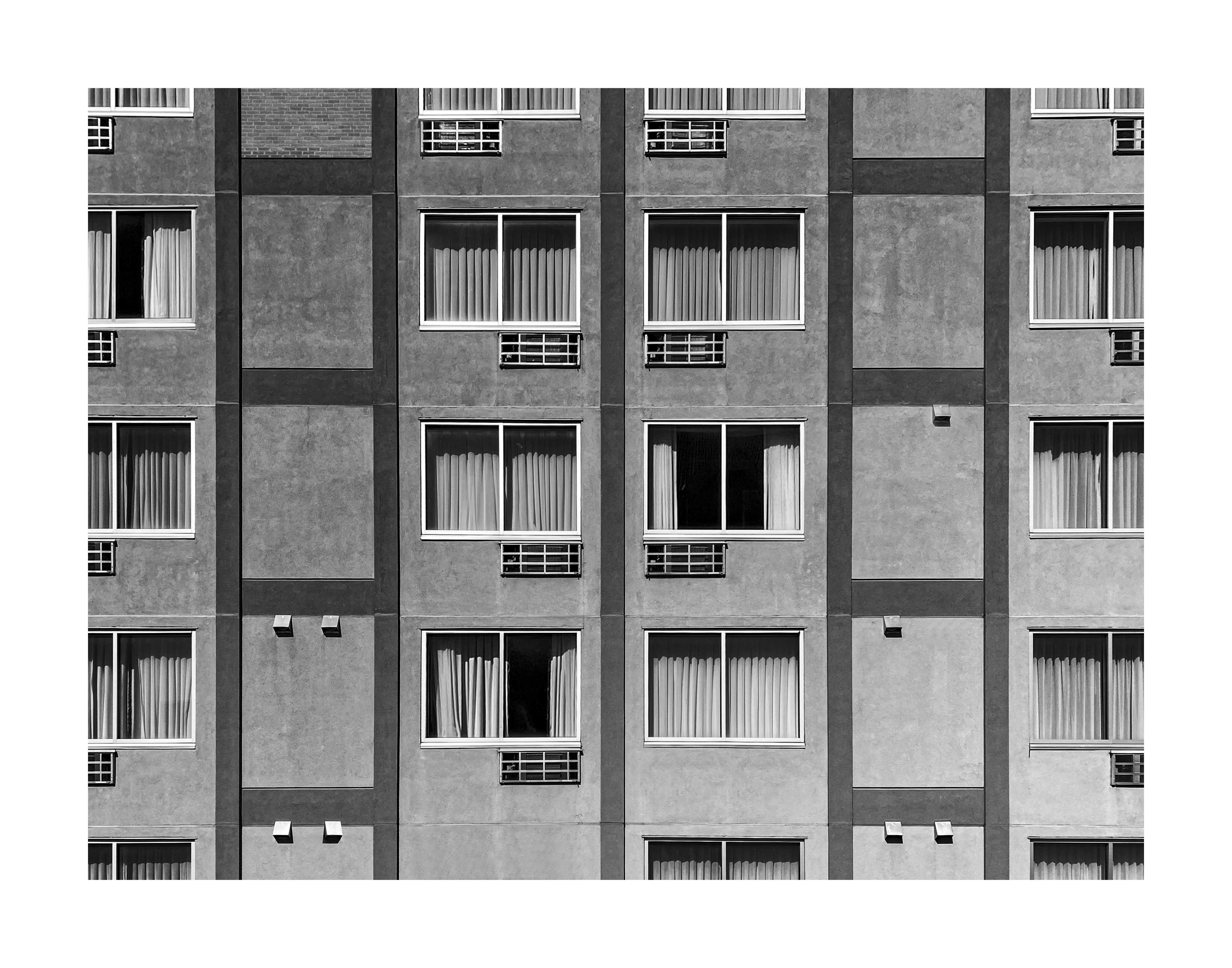
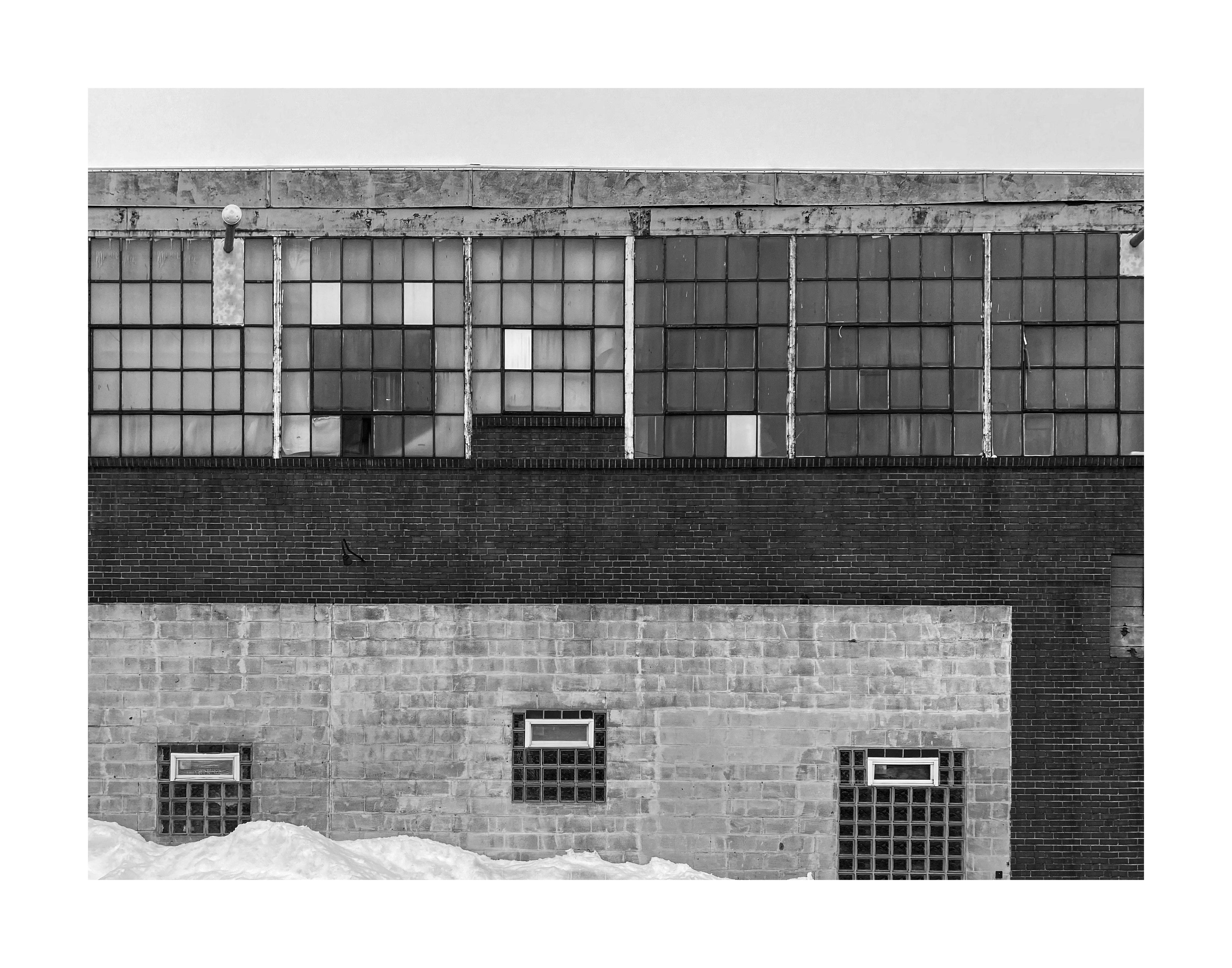
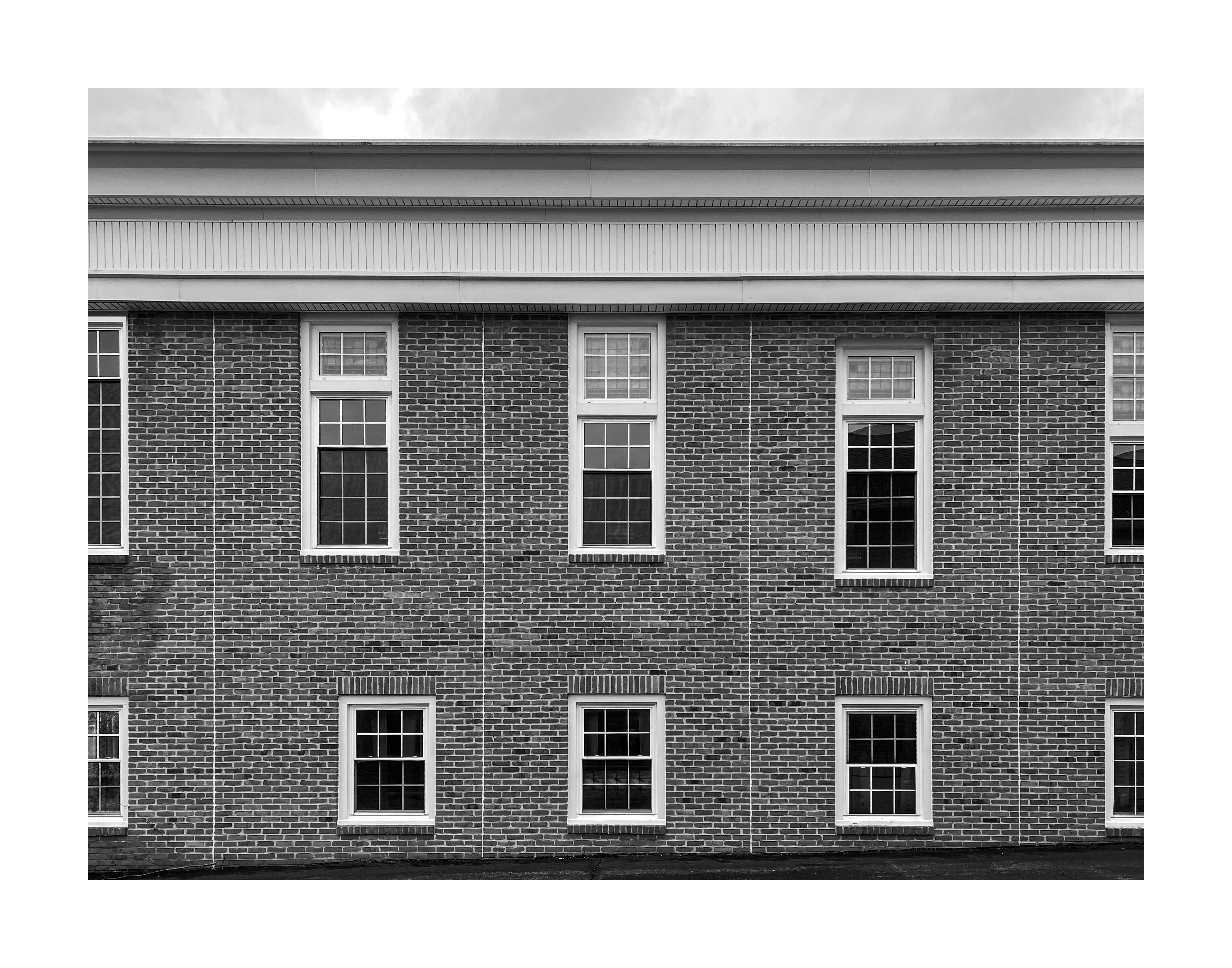

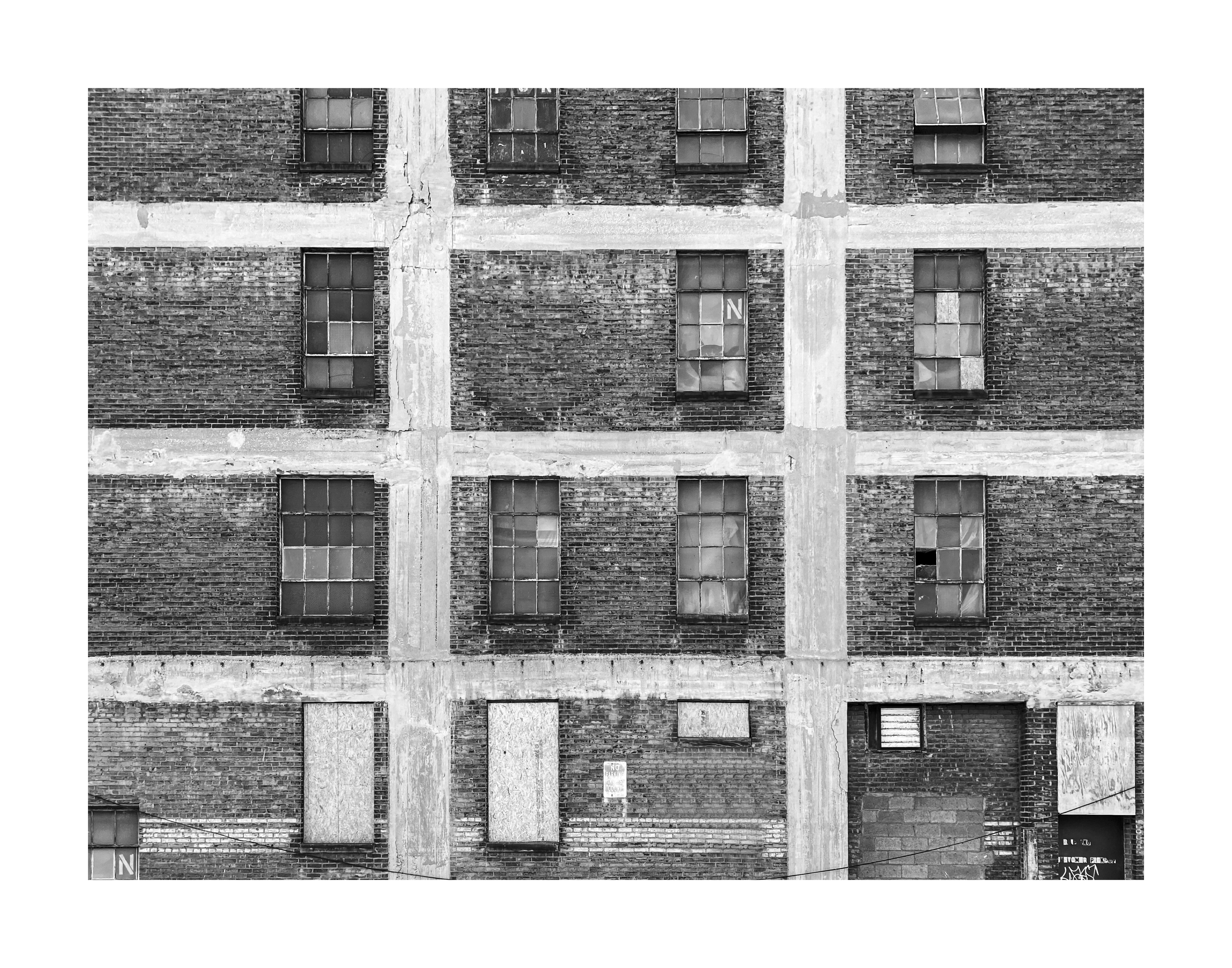
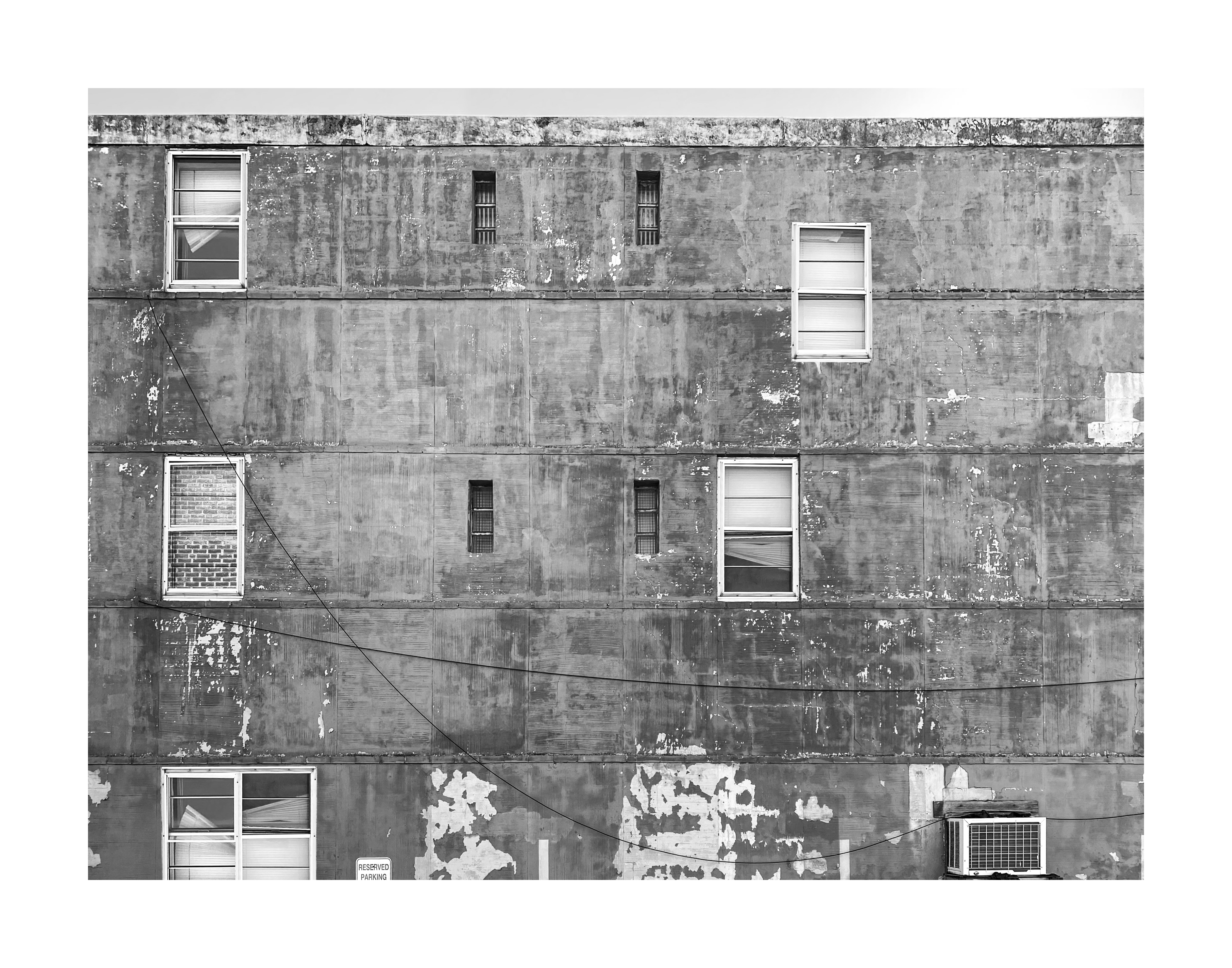
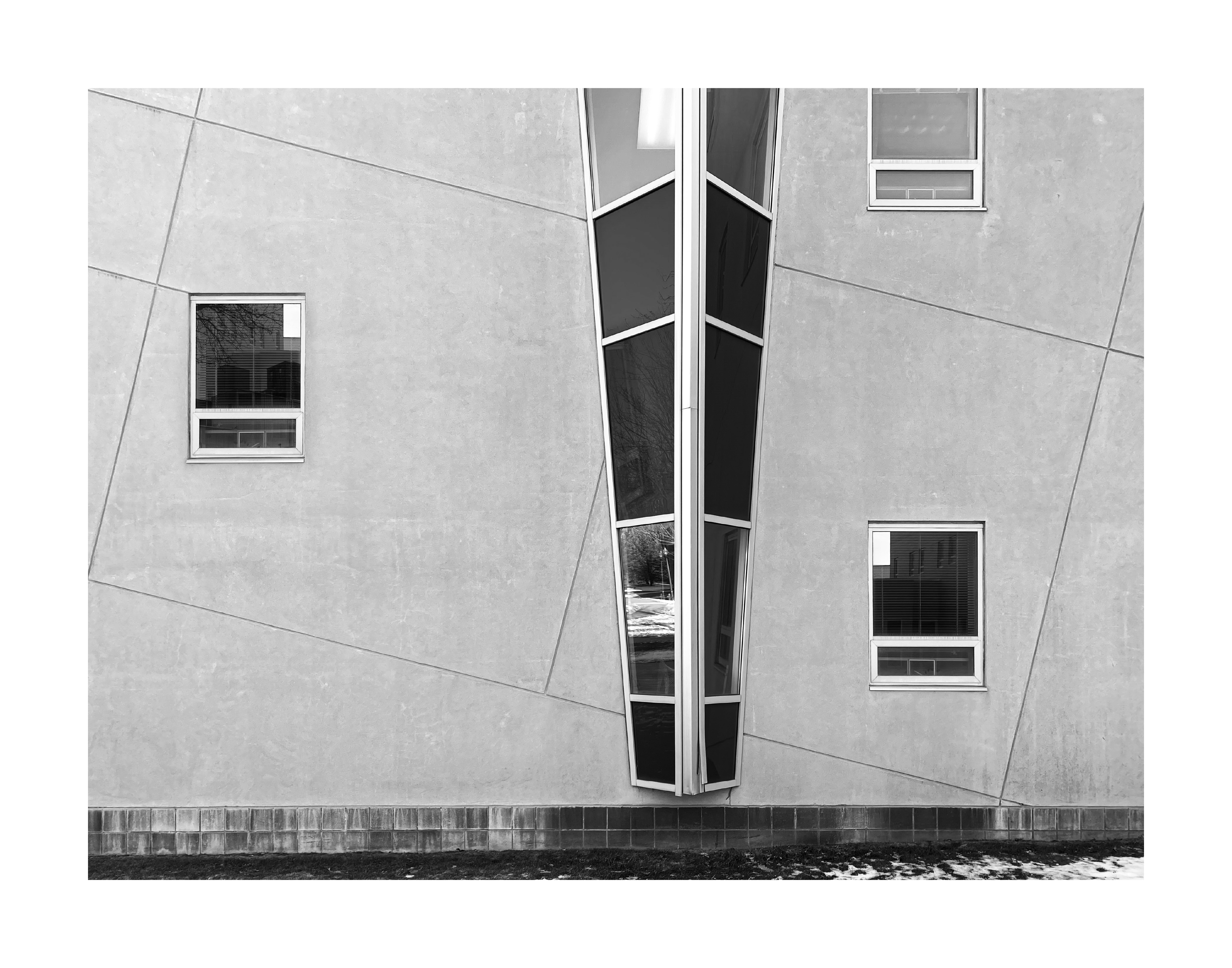
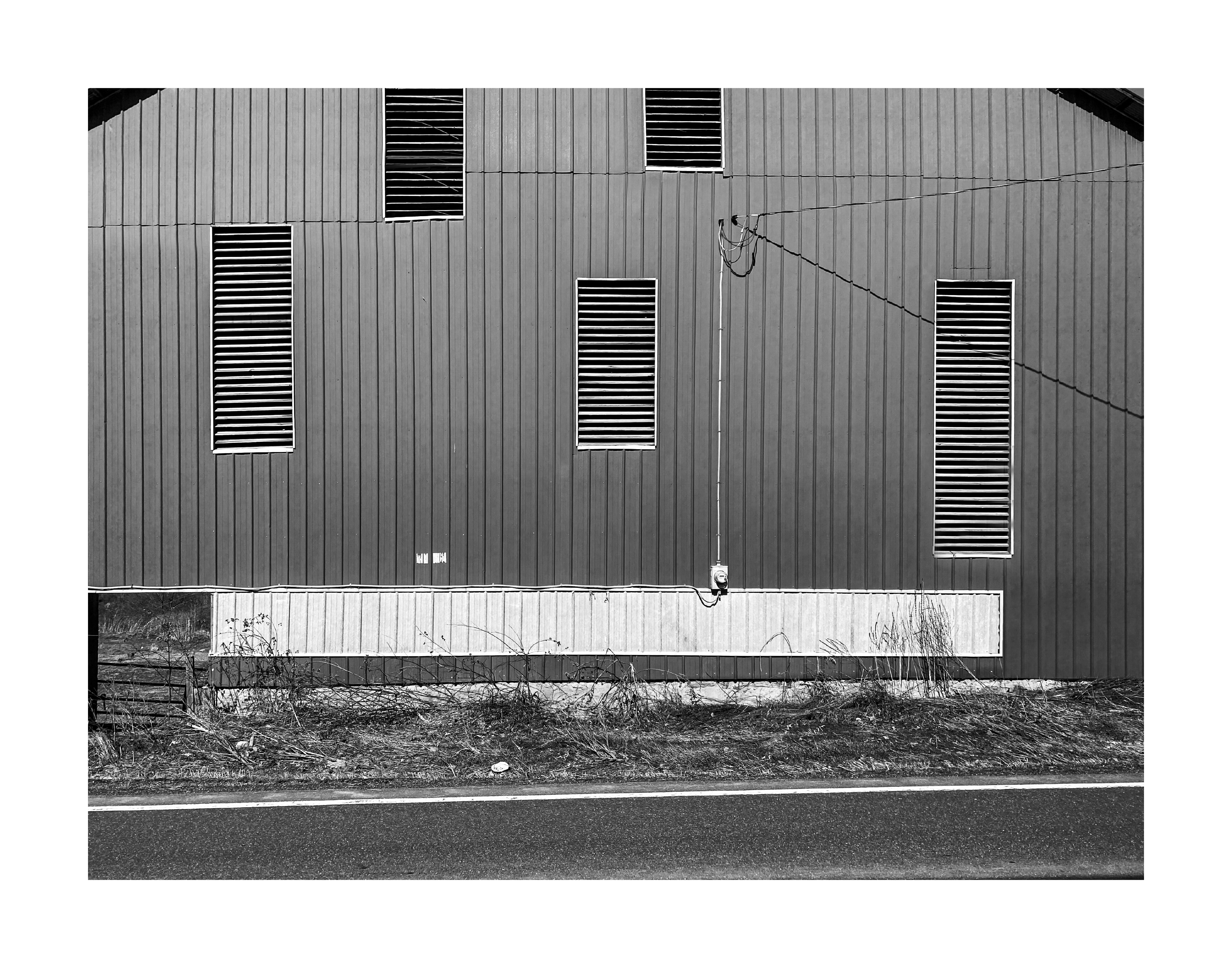

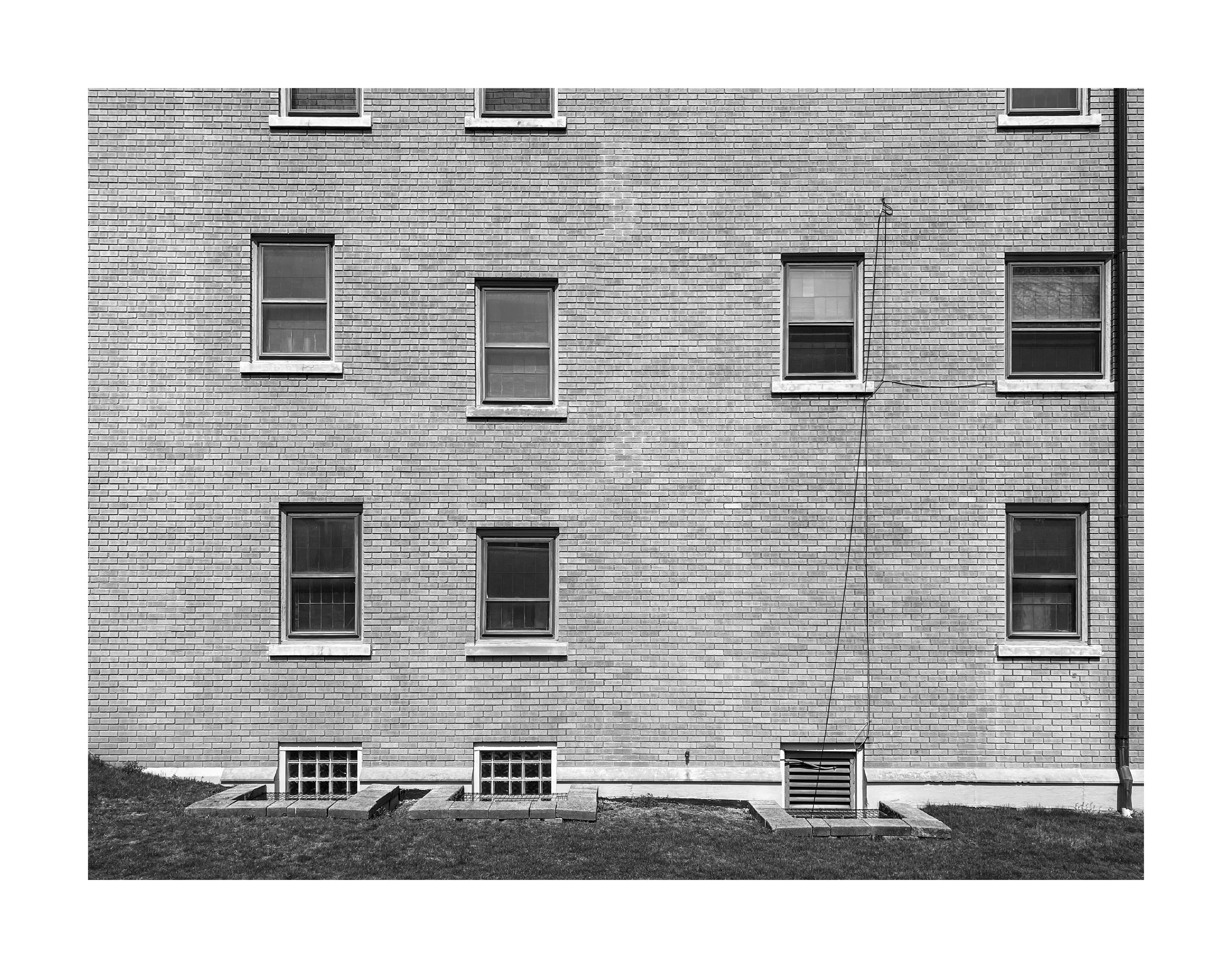

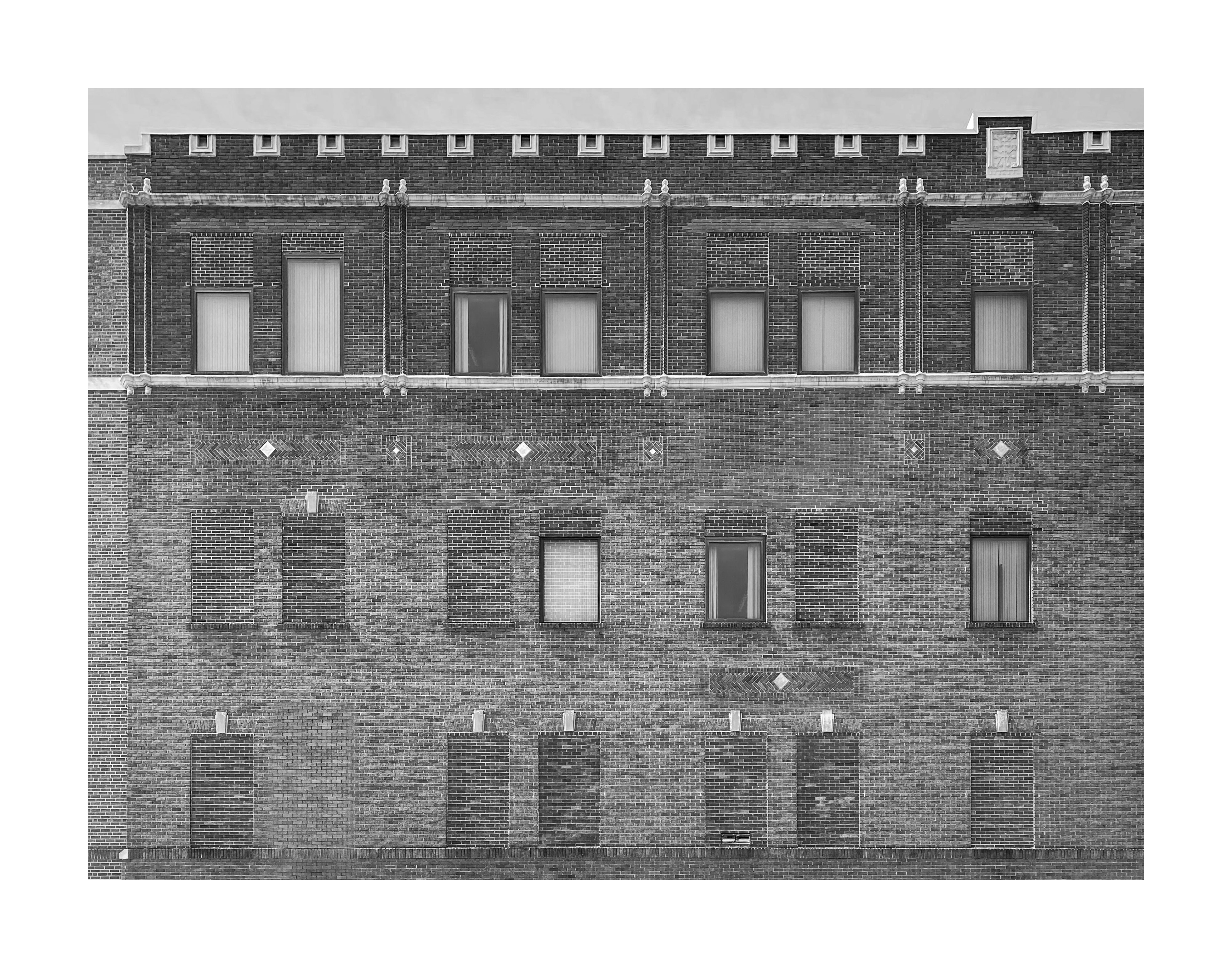
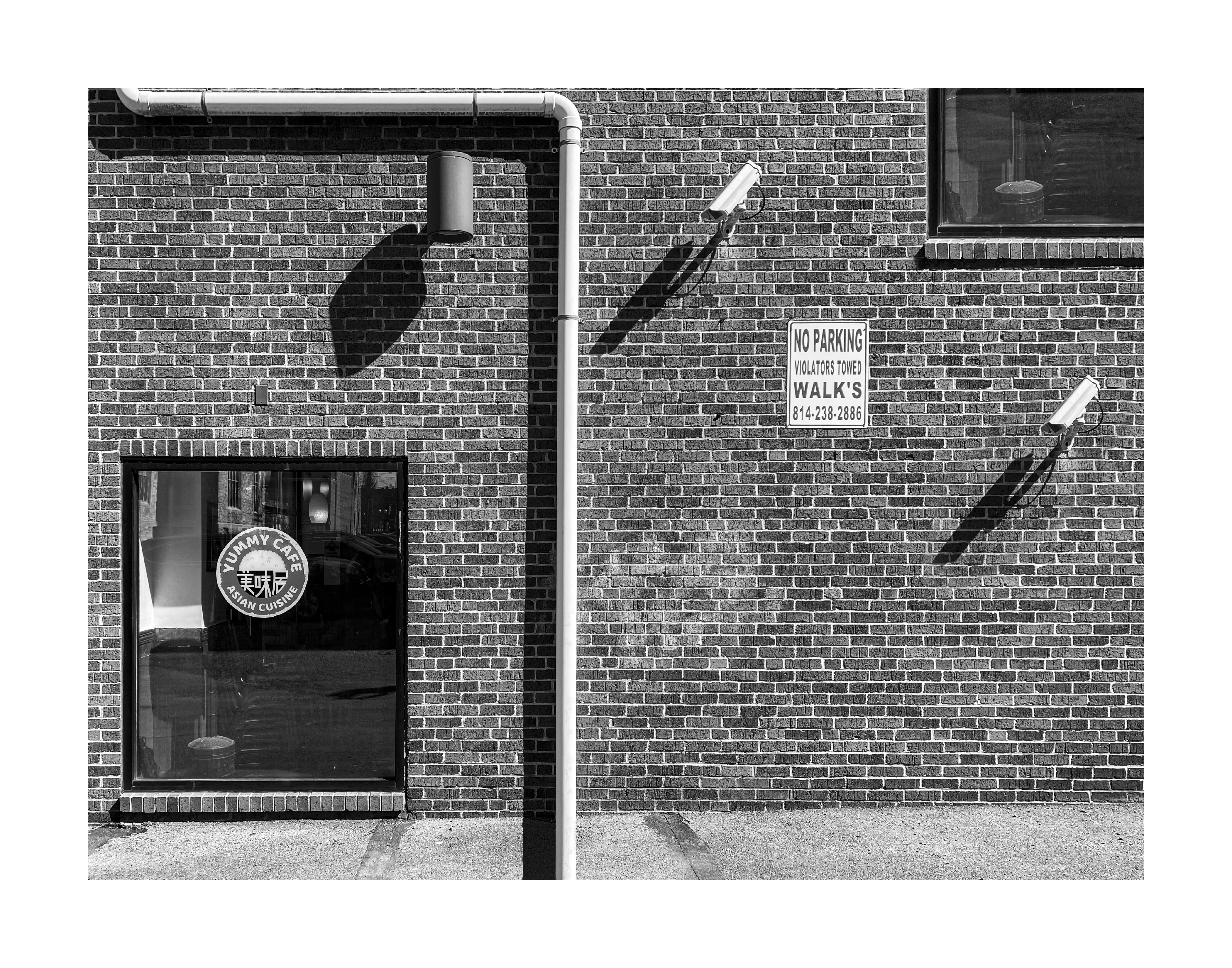
Student: Fred Wolfe





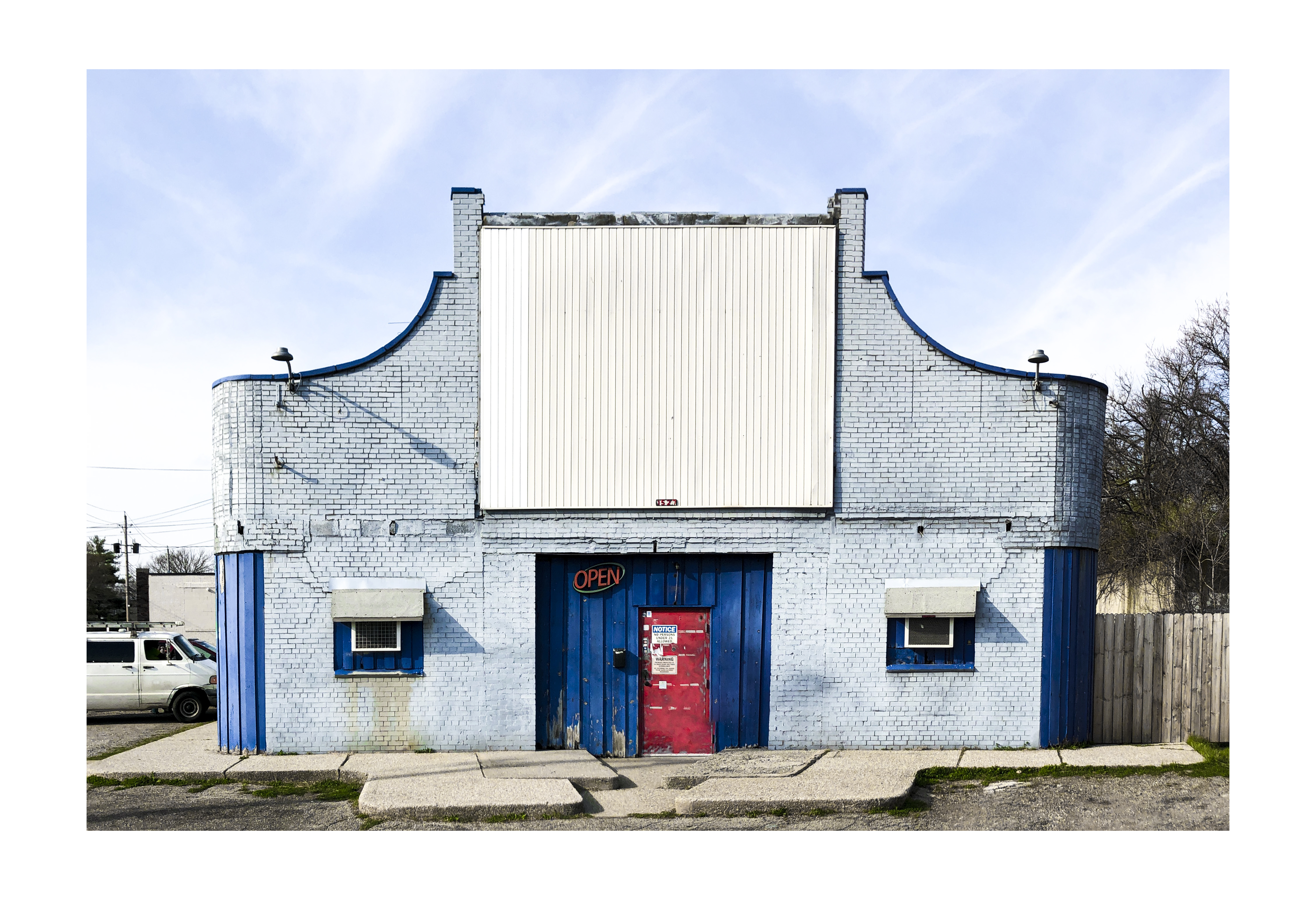
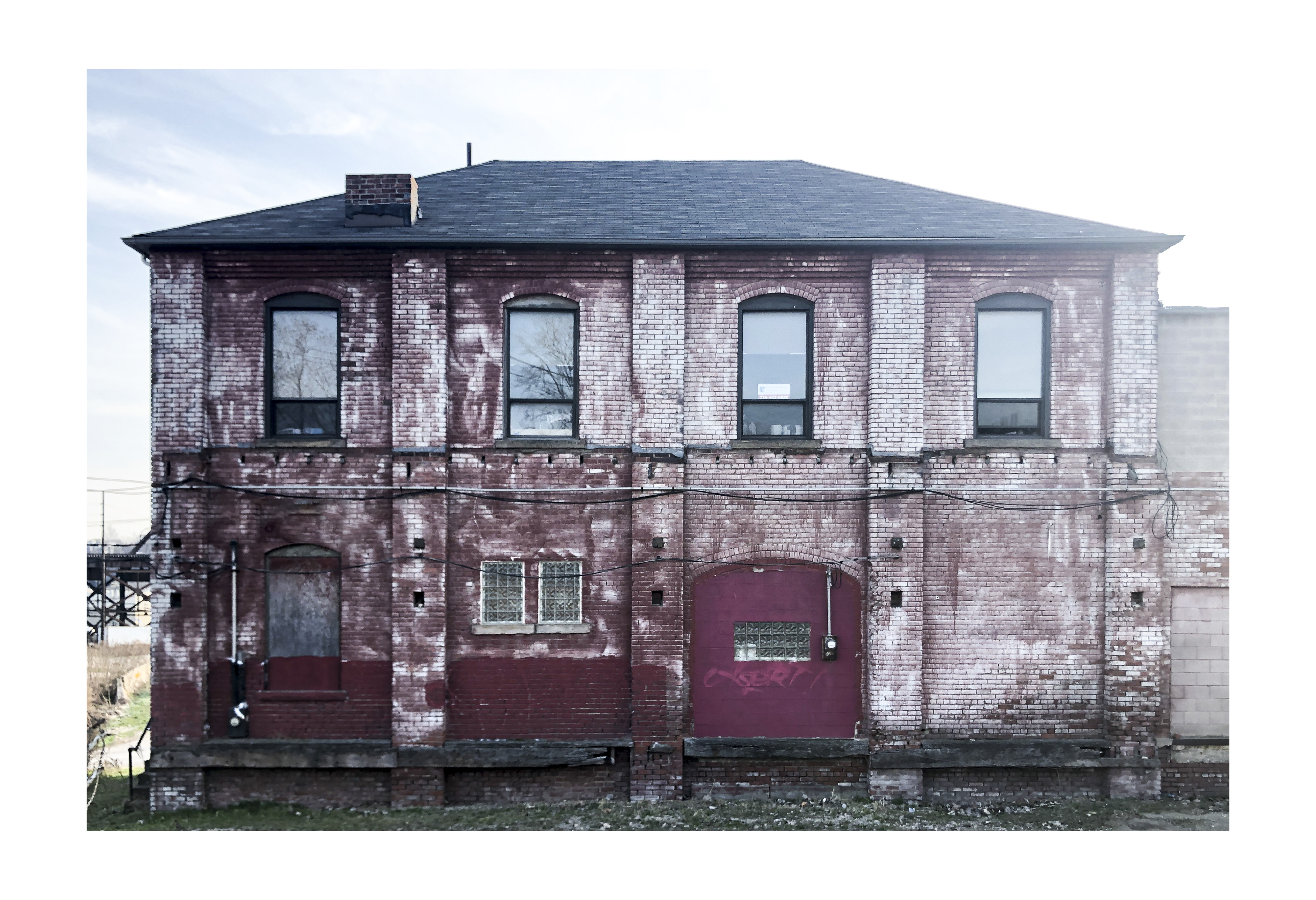



Student: Trevor Rodgers
